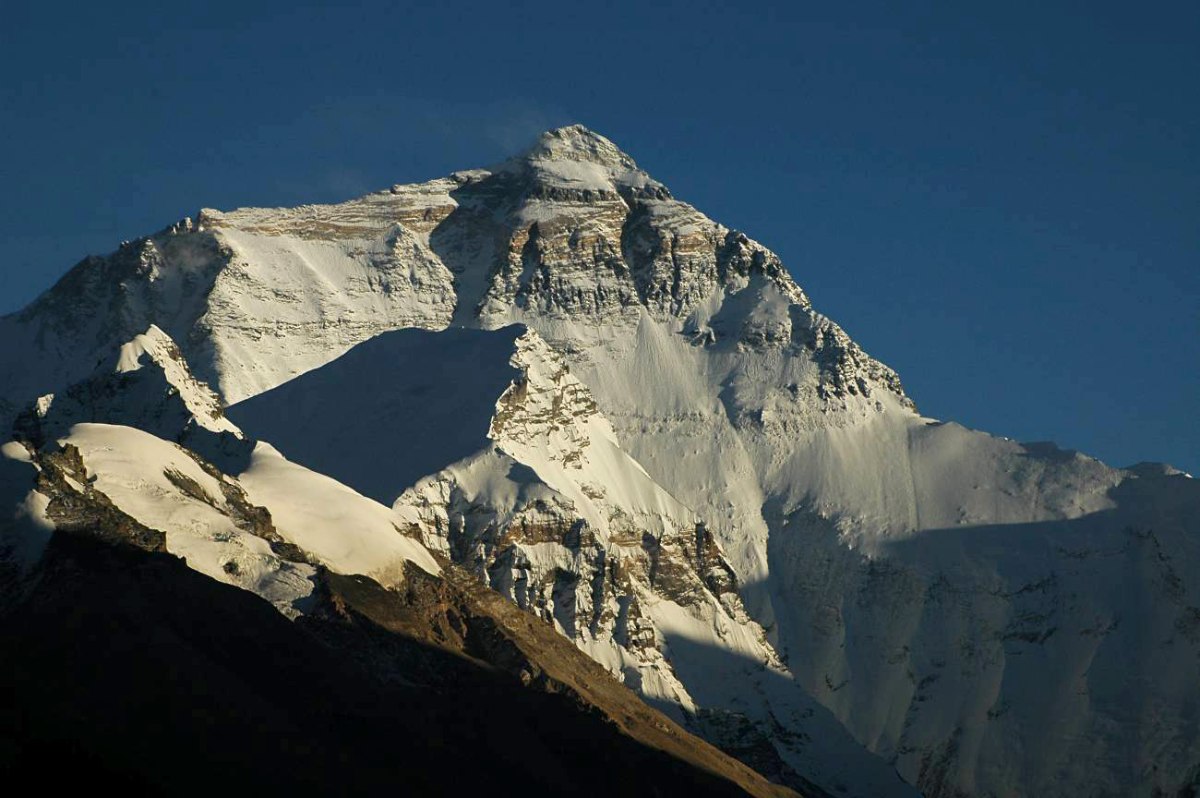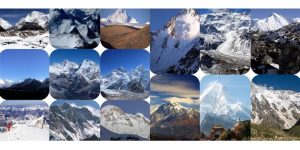Climbing Mount Everest, the most lofty peak in the world at 29,032 feet (8,849 meters), is more than just a trip—it’s a life-changing challenge. Adventurers, climbers, and dreamers from across the globe set their sights on this giant each year. But one key question remains: How long does it take to climb Mount Everest?
In 2025, advanced gear, better satellite weather search, and more experienced guiding companies have made the expedition safer. Yet, the timeline to reach the top remains essentially unchanged. So, if you’re wondering how long does it take to climb Mount Everest, the answer is that it still takes about 60–65 days to complete a whole expedition. This duration includes trekking to Base Camp, acclimatization rotations, the summit push, and the descent.
Let’s explore the whole timeline, why it takes so long, and what factors you must consider before attempting the climb.
How Long Does It take to climb Mount Everest?
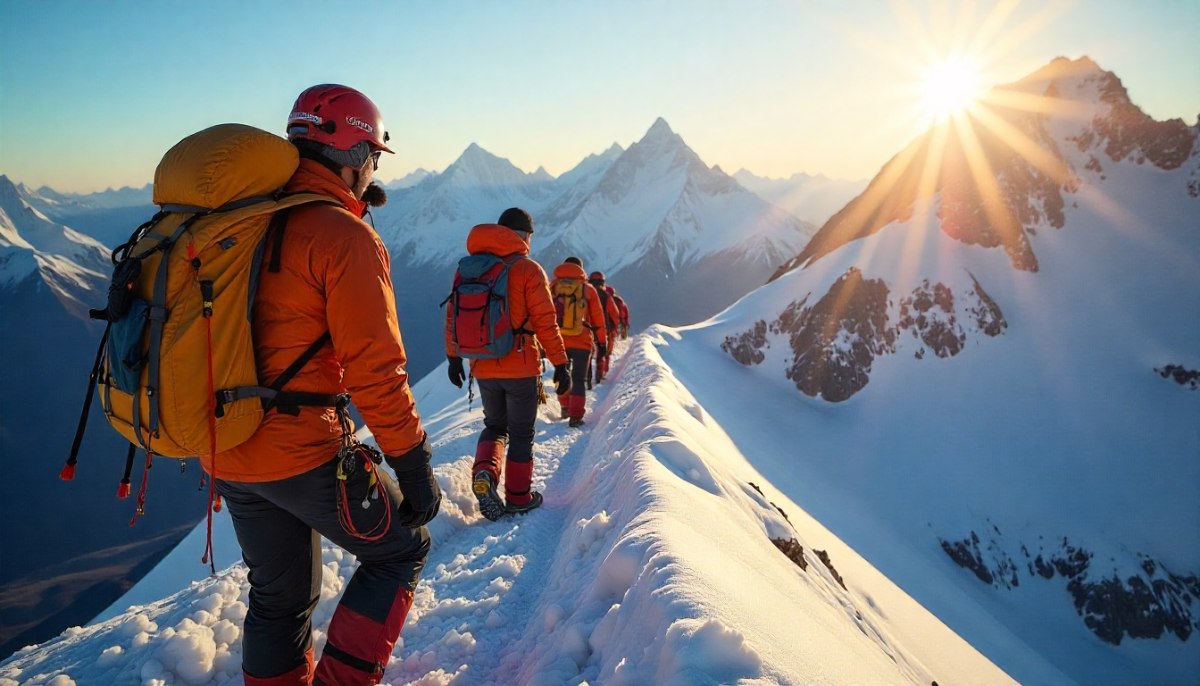
The quick answer to how long does it take to climb Mount Everest is about 6–7 weeks on average. This period covers trekking to Base Camp, acclimatization, and the final summit push. While modern gear and guides improve safety, the overall timeline stays the same in 2025:
- Weather conditions
- Acclimatization time
- Chosen route (South Col in Nepal or North Col in Tibet)
- Fitness and experience level of the climber
- Team logistics and waiting times for summit windows
Time Breakdown:
- Training & Preparation (before trip): 6–12 months
- Arrival in Nepal/Tibet & Trek to Base Camp: 1–2 weeks
- Acclimatization & Climb Rotations: 4–6 weeks
- Summit Push: 4–7 days
- Return & Descent: 1 week
Why Does It Take So Long?
Unlike other mountains, Everest demands patience and gradual adjustment to extreme altitudes. If climbers rush, they risk acute mountain sickness (AMS), high-altitude pulmonary edema (HAPE), or high-altitude cerebral edema (HACE)—all potentially fatal.
That’s why the journey (how long does it take to climb Mount Everest) is not a simple “up and down”; instead, it involves:
- Acclimatization – Climbers must adapt to low oxygen at high altitudes.
- Weather windows – Climbers often wait days or weeks for safe summit conditions.
- Route setup – Sherpas prepare ropes and ladders across the dangerous Khumbu Icefall.
- Physical recovery – Rest days are essential between pushes.
If you’re wondering how long does it take to climb Mount Everest safely, these factors explain why a rushed climb is perilous.
Detailed Timeline of an Everest Climb (2025 Update)
Here’s an analysis of the typical 60–65-day expedition:
| Stage | Duration | Details |
|---|---|---|
| Arrival in Kathmandu | 2–3 days | Permits, gear checks, and team briefings. |
| Trek to Base Camp | 8–12 days | Trek through Lukla, Namche Bazaar, and Sherpa villages. |
| Base Camp Acclimatization | 7–10 days | Rest, training, and practice climbs. |
| Acclimatization Rotations | 15–20 days | Multiple climbs between Camps 1, 2, and 3, with returns to Base Camp. |
| Summit Push | 5–7 days | From Camp 4 to the summit and back. |
| Descent to Kathmandu | 10–15 days | Return trek and recovery. |
Step-by-Step Timeline of an Everest Expedition (2025)
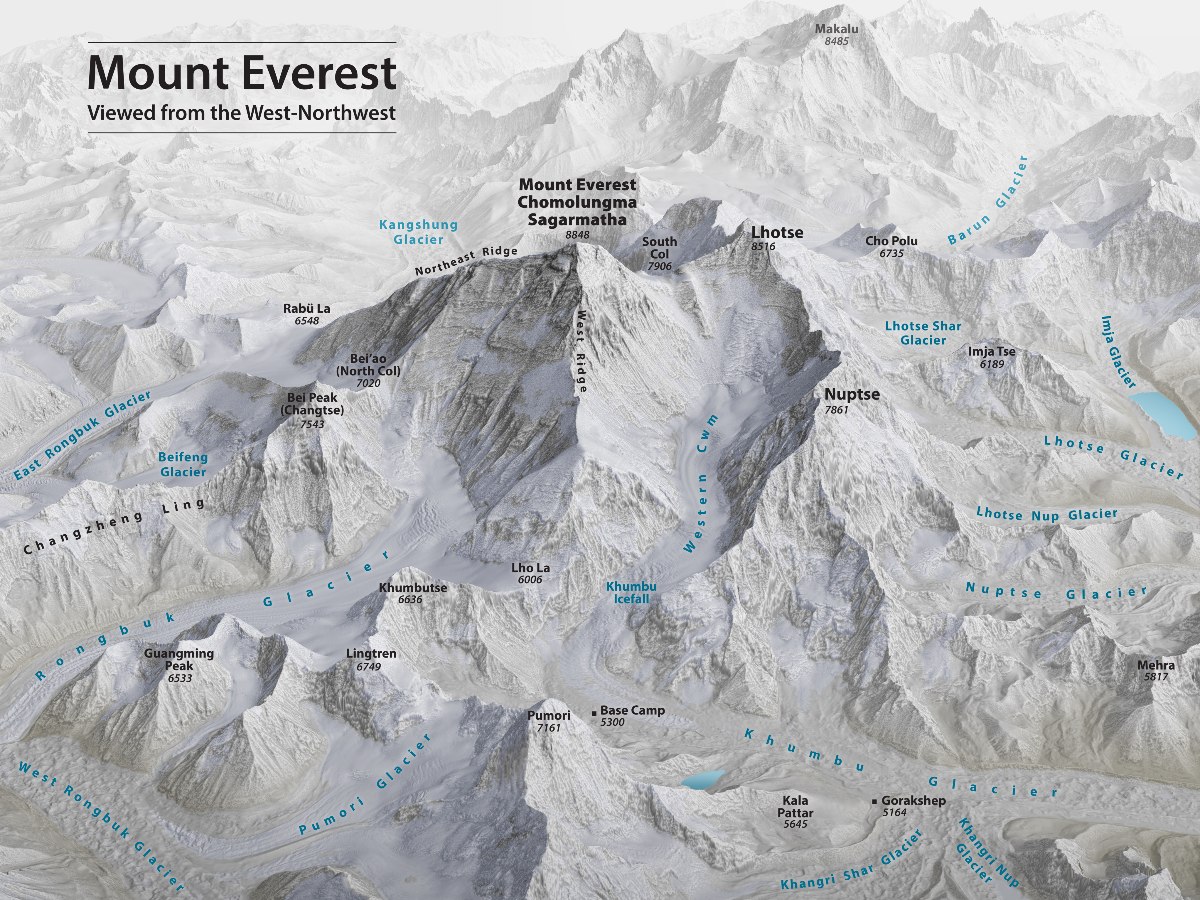
To understand how long does it take to climb Mount Everest, it helps to break the expedition into clear phases. The journey includes trekking to Base Camp, several acclimatization rotations between higher camps, the summit push, and the descent. Each phase is carefully timed to ensure safety and maximize the chances of a successful climb in 2025.
Let’s break down the Everest climb into phases to see where all the time goes:
1. Pre-Climb Preparation (6–12 Months Before)
Climbing Everest is not something you plan overnight. Preparation begins months in advance and includes:
- Physical training: Strength, stamina, and endurance exercises
- Altitude practice: Climbing smaller peaks (6,000m–7,000m)
- Gear selection: Modern oxygen systems, insulated suits, satellite communication
- Permits & logistics: Everest permits in 2025 cost around $11,000 from Nepal
2. Trek to Base Camp (1–2 Weeks)
- South Side (Nepal): 10–14 days trek from Lukla to Everest Base Camp (5,364m)
- North Side (Tibet): A shorter drive/trek to North Base Camp (5,150m)
This stage itself is breathtaking—passing through Sherpa villages, monasteries, and Himalayan landscapes.
3. Acclimatization & Rotation Climbs (4–6 Weeks)
Climbers go up and down multiple times:
- Base Camp → Camp 1 (6,065m)
- Camp 1 → Camp 2 (6,400m)
- Camp 2 → Camp 3 (7,200m)
- Camp 3 → Camp 4 (7,900m, South Col)
These rotations help the body adapt to thin air. Climbers often spend nights at higher camps, then descend back to recover.
4. The Summit Push (4–7 Days)
The most thrilling yet dangerous part. Once a good weather window opens (usually in May), climbers attempt the summit.
- Day 1–2: Base Camp → Camp 2
- Day 3: Camp 2 → Camp 3
- Day 4: Camp 3 → Camp 4 (South Col)
- Day 5: Summit Day (midnight start, 10–16 hours round trip)
- Day 6–7: Descent to Base Camp
5. Descent & Return (1 Week)
Coming down is often faster, but equally risky due to exhaustion. Many accidents occur on descent, not ascent.
Acclimatization Schedule in Detail
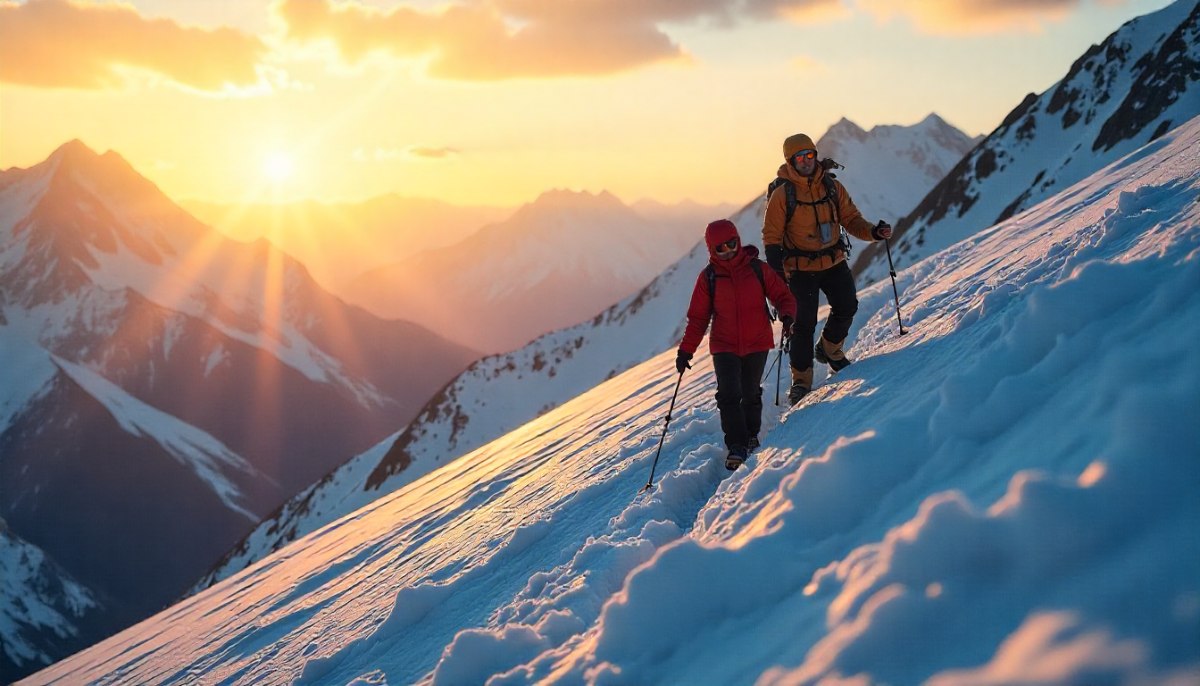
Proper acclimatization is the spine of every successful Everest climb, especially when tackling one of the tallest mountains in the world. Climbers follow a carefully planned schedule of ascending to higher camps and then descending to sleep at lower camps, allowing their bodies to adjust to thin air. This gradual process enables a decrease in the risk of height sickness and enhances the probability of a safe summit. Proper acclimatization is the backbone of every successful Everest climb. Here’s a closer look:
| Rotation | Duration | Purpose |
|---|---|---|
| Base Camp → Camp 1 → Back | 3–4 days | First exposure to altitude, crossing Khumbu Icefall. |
| Base Camp → Camp 2 → Back | 4–5 days | Extended acclimatization at 21,000 ft. |
| Camp 2 → Camp 3 → Back | 3–4 days | Adapting to Lhotse Face, sleeping lower afterward. |
| Camp 4 & Summit Push | 5–7 days | Final attempt through the Death Zone. |
This staged approach ensures climbers adjust slowly and safely.
How Long Does It Take to Climb Down Mount Everest?
Descending is faster but still requires caution. From the summit back to Base Camp:
- Summit to Camp 2 → 2 days
- Camp 2 to Base Camp → 2–3 days
So, climbing down Mount Everest takes around 4–5 days after summiting.
Best Time to Climb Mount Everest in 2025
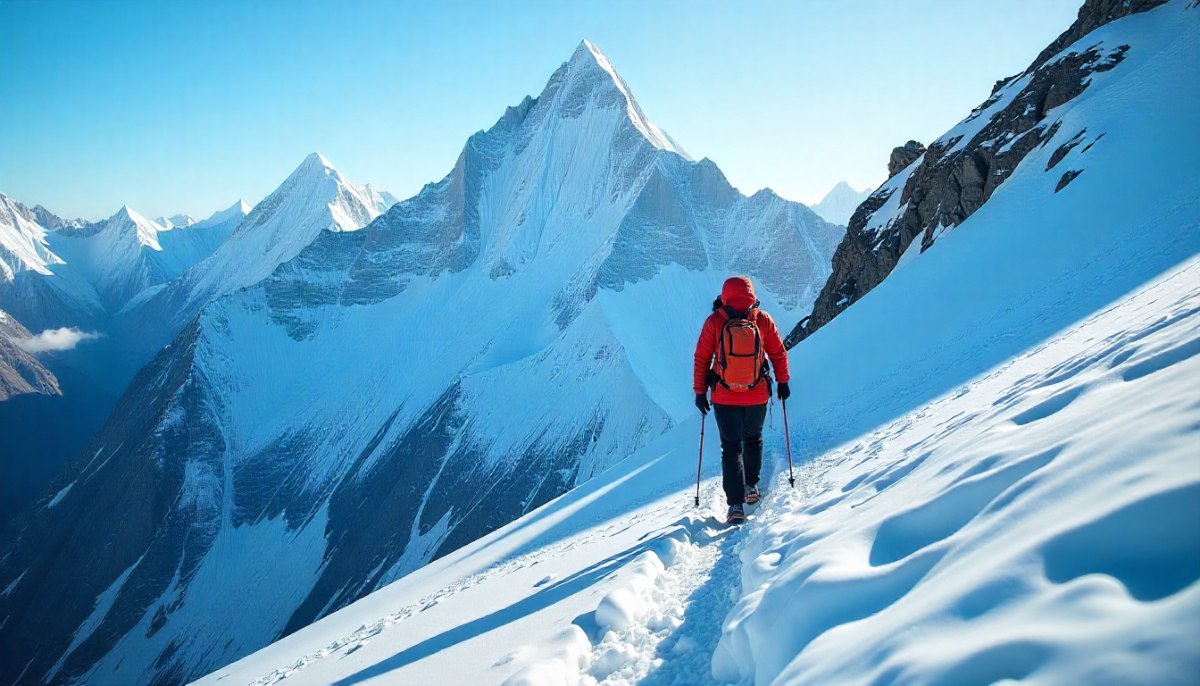
The safest and most popular climbing windows are:
- Spring (April–May) → Best weather, more extended daylight, most expeditions.
- Autumn (September–October) → Stable weather but shorter days.
Winter and summer (monsoon) climbs are extremely dangerous and rarely attempted.
Cost and Logistics in 2025
Another hidden factor behind how long does it take to climb Mount Everest is cost and planning.
| Expense | Average Cost (2025) |
|---|---|
| Permit (Nepal) | $11,000 |
| Gear & Equipment | $8,000–$12,000 |
| Oxygen Supplies | $3,000–$5,000 |
| Sherpa & Guides | $5,000–$8,000 |
| Total Expedition | $35,000–$70,000 |
Since climbers invest heavily, most prefer the longer, safer approach over rushing.
Factors Affecting the Time to Climb Everest in 2025
The time it takes to climb Mount Everest in 2025 depends on several factors, including weather conditions, route selection, and acclimatization needs. If you’re wondering how long does it take to climb Mount Everest, modern technology and improved forecasting may slightly reduce delays, but unpredictable storms can still extend the journey. Additionally, a climber’s fitness level, experience, and logistical support play a vital role in determining overall climbing duration.
Route Chosen
South Col Route (Nepal): Longer trek but more popular
North Col Route (Tibet): Shorter trek but technically tougher
Weather Windows
Best climbing months: May & early June, and occasionally late September
Unpredictable storms can delay climbers for weeks
Acclimatization Needs
Some climbers need more time to adjust
Use of supplementary oxygen speeds acclimatization
Climber’s Experience & Fitness
First-time Everest climbers often need longer rotations
Experienced mountaineers may be faster
Team & Support
Sherpa support, guided expeditions, and fixed ropes reduce climbing time
Everest in 2025: What’s New?
- Better Weather Forecasting: AI-powered weather models enhance summit predictions
- Lighter Gear: Carbon-fiber oxygen systems cut weight significantly
- More Regulations: Nepal continues to tighten rules to reduce overcrowding and dangers
Final Thoughts
So, how long does it take to climb Mount Everest in 2025? The complete expedition lasts about 60–65 days. This includes trekking to Base Camp, acclimatization rotations, the summit push, and descent.
With patience, training, and careful planning, climbers can safely attempt this once-in-a-lifetime adventure. According to Litefacts, while modern gear and weather forecasting make it easier, nothing can shorten the mountain’s natural timeline.
Climbing Everest is not about speed—it’s about endurance, survival, and respect for nature’s highest challenge.
Frequently Asked Questions (FAQs)
How long does it take to climb Mount Everest from Base Camp to the summit?
Mounting Mount Everest from Base Camp to the summit usually takes around 6–7 weeks. This contains the crucial acclimatization period, where climbers slowly adjust to the high altitude to avoid altitude sickness. The final summit push itself lasts 5–7 days, depending on weather conditions and the climber’s pace.
Can Everest be climbed faster?
Yes, but only by a few elite mountaineers. Some climbers try to reach the summit in 30–40 days, usually by pre-acclimatizing in hypoxic chambers or at other peaks. However, this is extremely risky and not advised for most climbers because rushing the process increases the danger of altitude sickness, exhaustion, and weather-related accidents.
How long does it take to climb down Mount Everest?
The descent is significantly faster than the climb but still requires caution. On average, it takes 4–5 days to descend from the summit back to Base Camp. Climbers often move quickly on the way down due to gravity, but exhaustion, harsh weather, and icy terrain make the descent one of the most dangerous parts of the expedition.
What is the best month to climb Mount Everest?
The best time to climb Mount Everest is late May, during a short weather window before the monsoon season. At this time, wind speeds drop, temperatures stabilize, and conditions are more favorable for summit attempts. Many successful expeditions are carefully planned around this narrow window to maximize safety and success rates.
How long does it take to prepare for an Everest expedition?
Preparing for an Everest trek is a long-term commitment. Most climbers spend 12–18 months training, focusing on cardiovascular endurance, strength, and high-altitude conditioning. Along with physical fitness, climbers also undergo technical mountaineering training, practice climbs on smaller peaks, and prepare mentally for the extreme conditions they’ll face.
